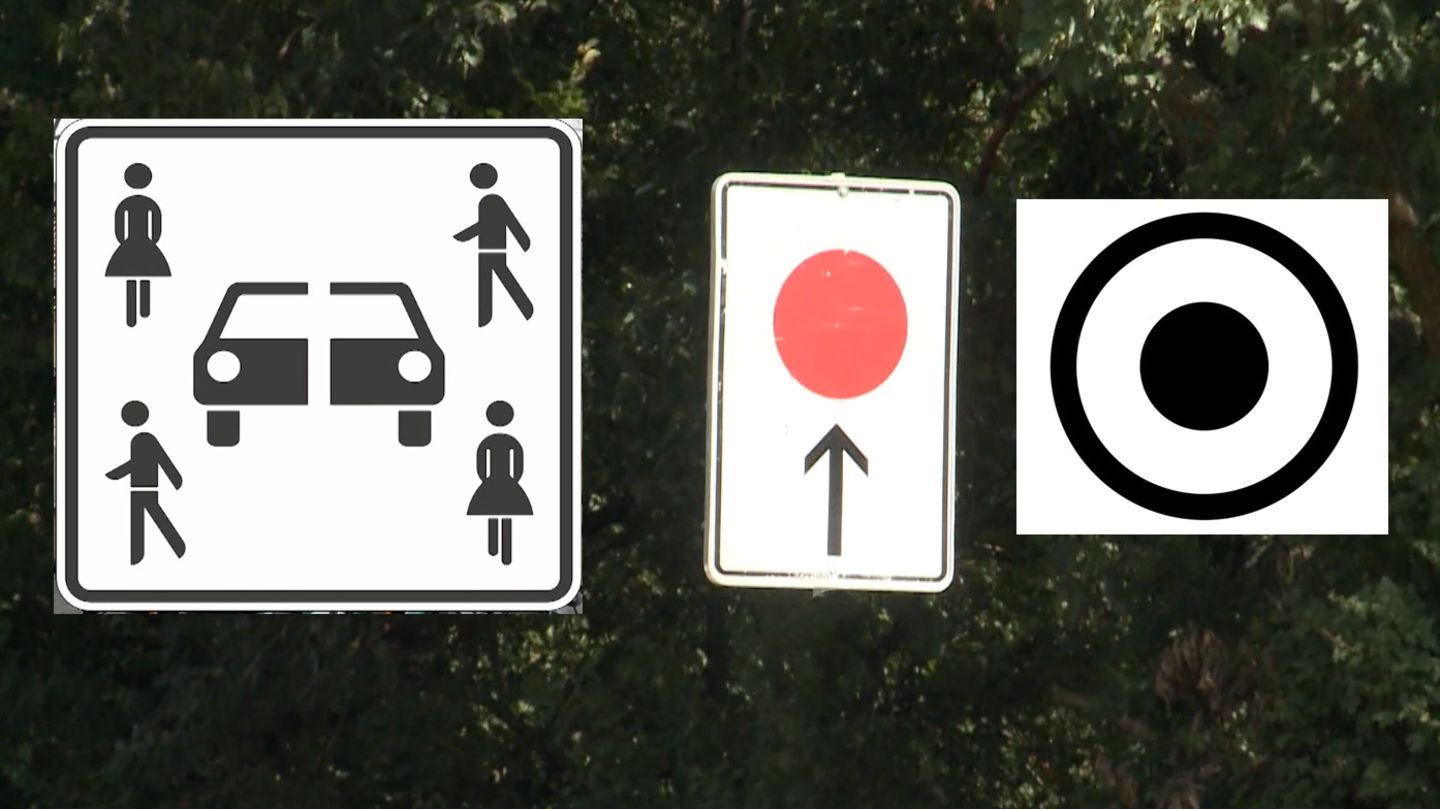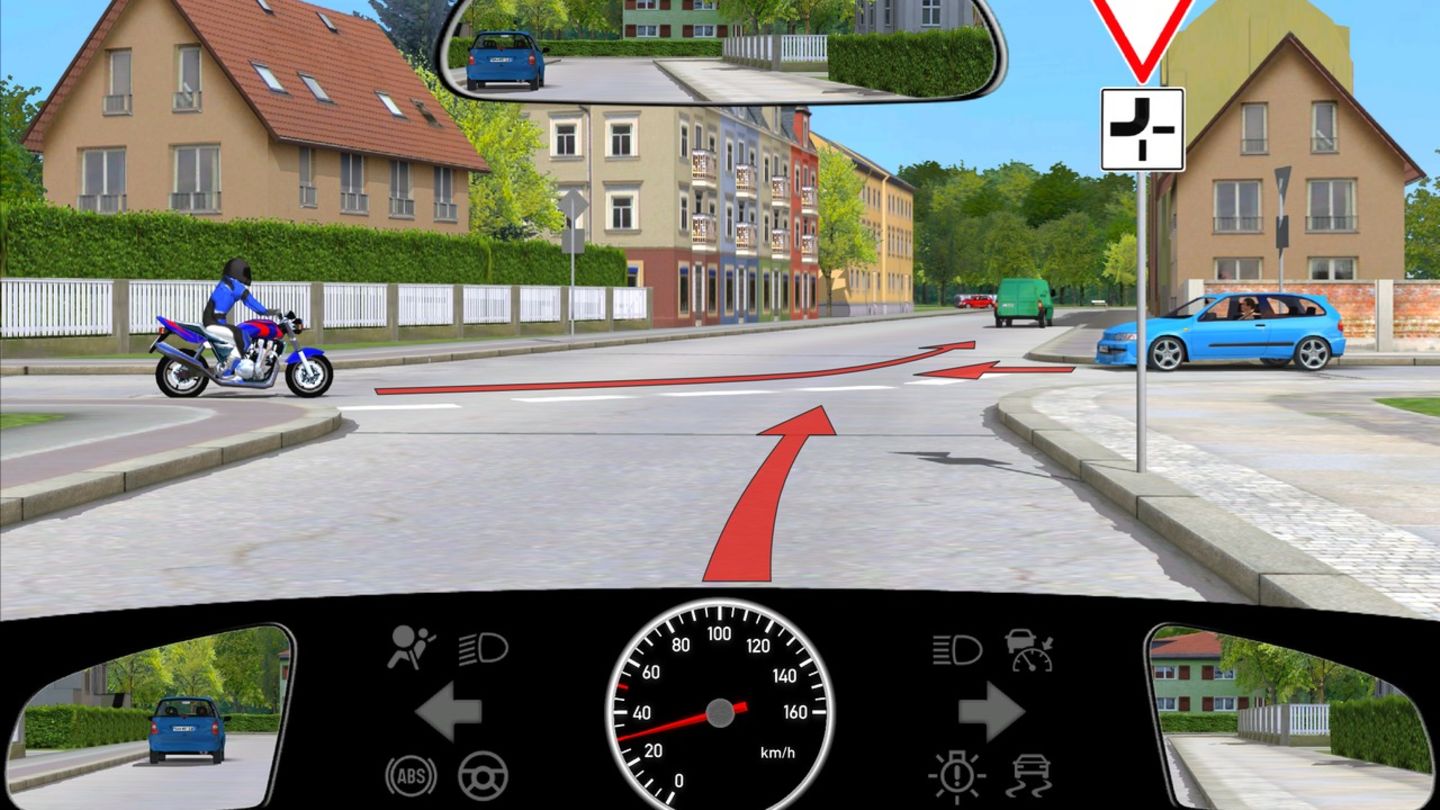The winds from Patagonia, the measurements of solar radiation in the Argentine Northwest region (NOA), and the Argentine Northeast region (NEA) and the Nucleus region (humid Pampas) are conducive to the development of biomass. Likewise, the country has a large number of rivers for hydraulic exploitation.
According to the report by Global Energy Monitor (GEM), a non-profit organization based in the United States that is in charge of monitoring the development of clean energy, Latin America has the necessary resources to become a leader in the global renewable energy market with an equivalent a billion solar panels in large-scale projects that will come online by 2030.
An example of these energies can be seen in Buenos Aires, on the roofs of the Metrobus 9 de Julio and in the Retiro Transshipment Center, where there are more than 700 solar panels that inject energy into the electrical grid. According to calculations, two stations generate 110,000 kW per year of energy that is injected directly into the City’s electrical system, added to the fact that the installation prevents the emission of 44 tons of CO2 per year.
About, Jose Tamborenea, president of the Argentine Chamber of Electronic, Electromechanical and Lighting Industries (CADIEEL), organizer of BIEL Light + Building Buenos Aires 2023, said: “This shows that renewable energies are no longer alternatives and have become the main and complementary option of conventional energies. They have many advantages since they reduce carbon emissions, help reduce fuel consumption, are cheaper than fossil fuels, generate employment and develop national suppliers. In addition, they allow long-term planning, renewable energies will continue to grow and are inevitable”.
Another factor that adds to the proposal to reduce energy consumption and, consequently, reduce CO2 emissions in cities is the public lighting industry, a relevant factor to get the most out of this type of energy. It was observed that the replacement of LED luminaires allows carbon emissions to be reduced by up to 70%, contributes to a more efficient use of energy, and has a longer useful life with great resistance to inclement weather such as wind, rain and hail. In Argentina, this replacement in public lighting began 10 years ago and it is a permanent technological advance, with high energy efficiency, robustness, updated designs and national technical support.
“The national industry is fully qualified to continue advancing in the use of renewable energies and lower carbon emissions, to achieve a clean future and sustainable development. We have the productive capacity to meet the demand that is needed, the suitable personnel and the quality products according to international standards,” said José Tamborenea.
In recent years, companies have invested heavily in equipment and improvements in each of their production stages, as can be seen in each edition of BIEL Light + Building Buenos Aires, where the sector exhibits the latest innovations and technological developments. Such is the case of the public lighting industry that in our country brings together 23 national companies, produces 500,000 LED luminaires per year and generates 14,000 direct and indirect jobs. In addition, when developing technological products, it implies productive processes that add know-how and knowledge to the national industry, which can be used by other national companies.
Source: Ambito




